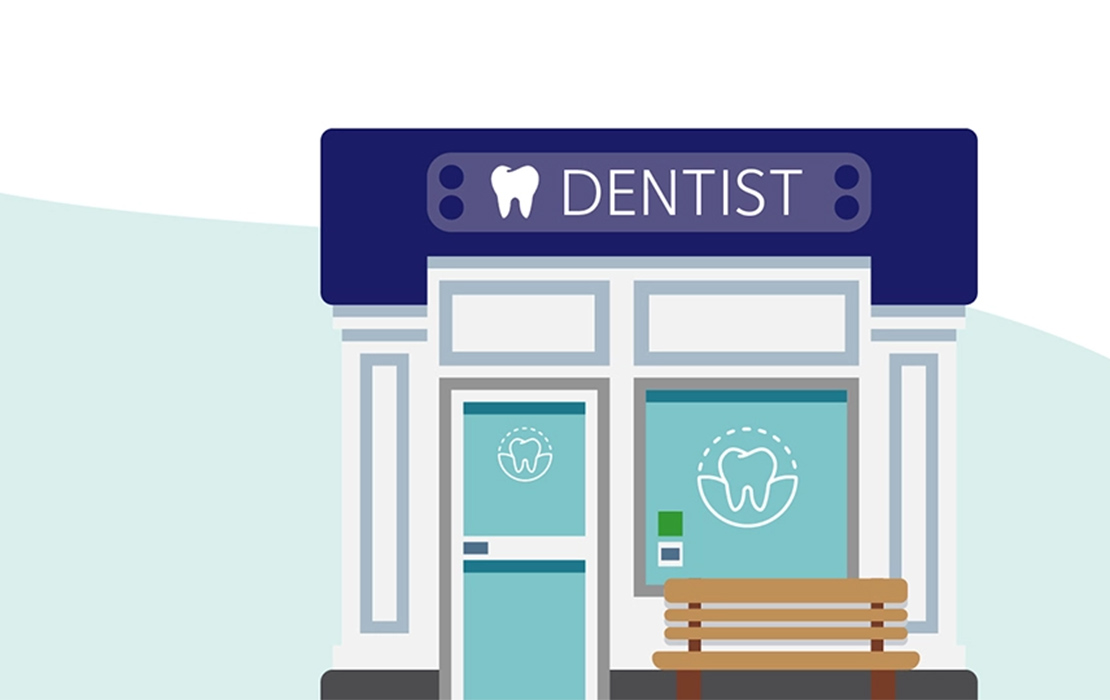How do you decide on a fair price when buying or selling a dental practice?
A dental practice’s value hinges on many things: location, patient population, financial stability, longevity, condition, and so on. Some aspects are easy to quantify, such as annual collections or the current total expenses. Other variables are tougher to pin down, especially reputation, condition, and the effect of the practice location.
This week, we examine two all-too-common scenarios faced by both buyers and sellers: what happens when there is a disagreement about the practice’s value.
Scenario 1: I paid good money for valuations, but the only offer I’ve gotten is for far less
Dr. Scott has owned his small-town practice for 30 years and bought the office building 15 years ago. He made the decision to sell and retire two years ago.
Over the past three years, Dr. Scott spent a total of nearly $25,000 to conduct a number of professional valuations. The valuators each used a different methodology, and as a result, the resulting values varied tremendously.
After the most recent (and highest) valuation came in one year ago, Dr. Scott listed his practice for sale at the suggested value, thinking that he should receive the price listed on the report. Interest has been minimal, with only one low-ball offer that he refused to entertain. He is now frustrated and wondering why he paid for the expensive valuations if the resulting values were not an accurate representation of the market.
Solution:
Dr. Scott used three different firms with three different methodologies to conduct his valuations, so the resulting values cannot be compared on equal footing – nor should they be considered as the final listing price. Instead, Dr. Scott should use these professional valuations as a starting point and should understand that the practice is worth whatever a buyer will actually pay. Establishing a value gives you a baseline for negotiations, but the final price may need adjustment based on the area, need for upgrades, or other factors.
Professional valuations should be a starting point for negotiations. The practice is worth whatever a buyer will actually pay.
A good place for Dr. Scott to start is to take a good look at the practice itself and decide whether or not it ‘shows’ well to incoming dentists. (Read more about boosting your practice’s curb appeal.) If the practice will require substantial capital investment to bring it up to date with new equipment, current technology, or changes to the floor plan, he should take this into consideration and adjust his starting price accordingly.
Equally important is to look at the location of the practice and understand that those in smaller towns tend to have fewer potential buyers and therefore, he may need to lower the price a bit to entice incoming dentists and their spouses.
When it comes down to it, if Dr. Scott can find a great dentist with a similar philosophy of care who clicks with his patients and staff, he may accept a lower price. He must decide whether he prefers to wait for the maximum price or to accept a lesser price from someone who can continue to care for his long-term patients. The two options may not be compatible.
Scenario 2: I want to pay a fair price for this practice
Dr. Pete came into a practice three years ago as part of an associate-to-owner buyout. The original owner, Dr. Steve, is now ready to retire.
An initial valuation was conducted when Dr. Pete entered the practice, and a second valuation recently showed a 25% increase in value over the past three years. These valuations were conducted by different firms using proprietary methodologies.
Dr. Steve wants to average these two values together to set the sale price, but Dr. Pete wants to stick to the original price, claiming that the increase stems from his efforts. After all, Dr. Steve has reduced his schedule from four days a week to just one, so Dr. Pete has been running the practice and bringing in new patients.
Dr. Pete is considering leaving to start his own practice if the two doctors cannot come to an agreement, which could force Dr. Steve to find a new buyer – and postpone his retirement.
Solution:
Any gradual transition opens the door for fluctuations in the practice’s value – and disagreement over the final sale price.
No matter the circumstances, the goal is to find a price that both sides can live with.
Dr. Pete and Dr. Steve should have mutually agreed on how and when they would value the practice. For example, a second valuation conducted at the mid-point of the transition (rather than at the end) can lessen the impact of the incoming dentist while still indicating current market value.
At this point, both dentists should take a hard look at the cost of starting over. Dr. Steve would need to go back to working a full schedule and find another purchaser while Dr. Pete would need to execute all the details of a startup. They may find that it is financially advantageous for them to come to an agreement.
If they could go back and start over, both dentists would discuss their preferences, ensure that these decisions were written into the sale agreement, and have their attorneys review everything.
They would need to agree on:
- Which method and/or firm will be used to determine the value
- Whether they prefer to hire a professional valuator or rely on a local accountant
- How to account for any change in the value during the transition period: rely on the initial value, calculate an average, or take a hybrid approach
No matter the circumstances, the goal is to find a price that both sides can live with. Lawyers and accountants who understand your local market can be useful throughout the process, but most importantly, understand your own desires – and articulate them to the other dentist.
